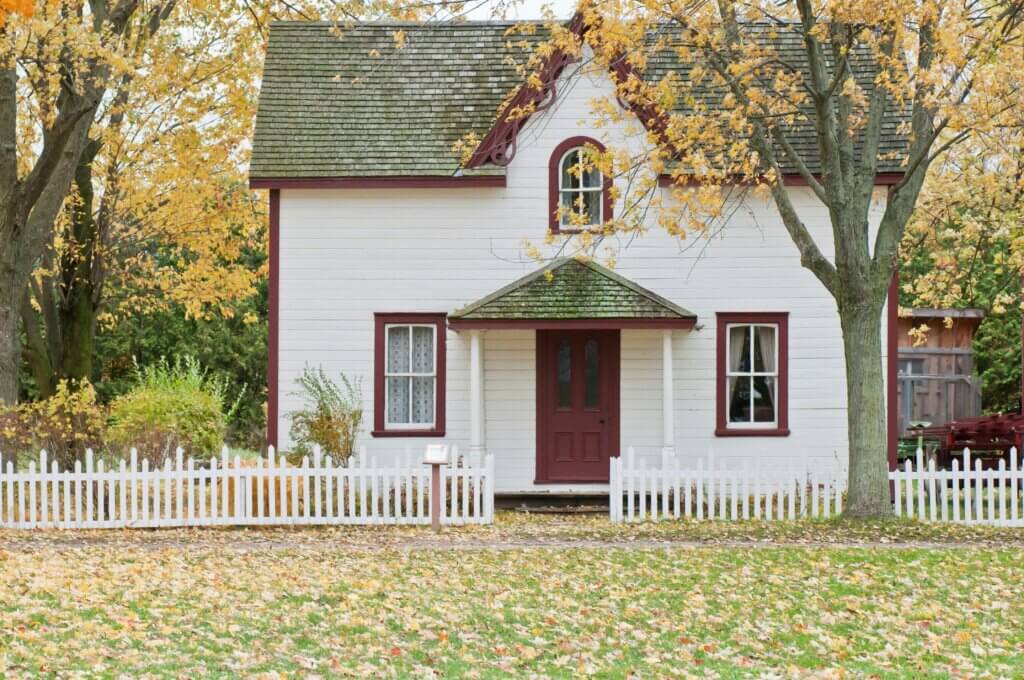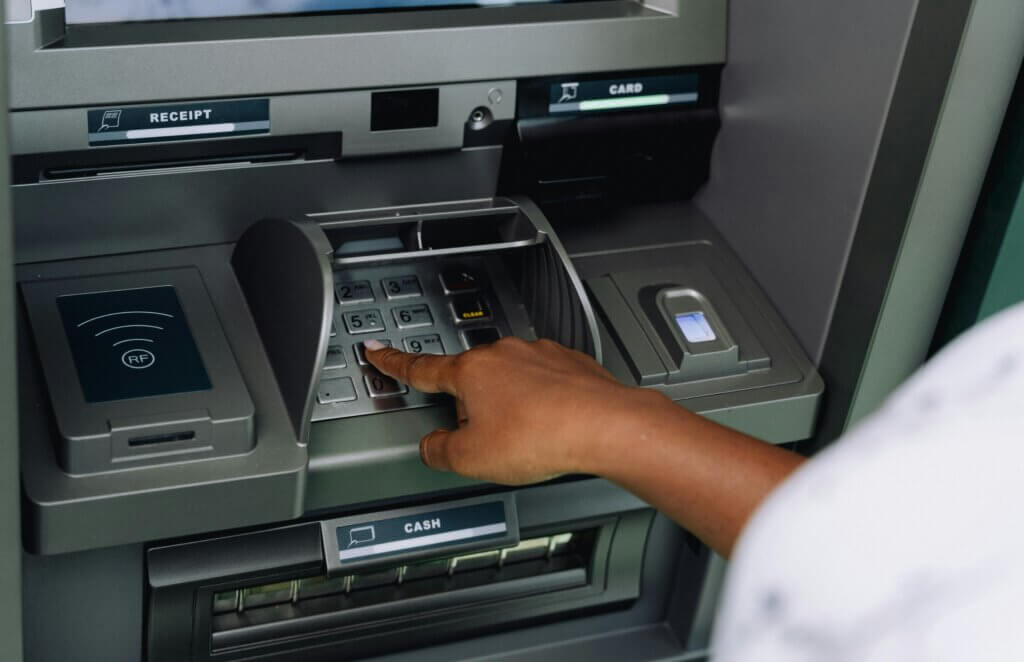Managing money day to day can feel overwhelming.
Between bills, errands, and surprise expenses that (inevitably) pop up, it’s easy to lose track of where your paycheck is actually going.
Whether you get paid like clockwork every two weeks or your income is more sporadic, a cash budget eliminates the guesswork by making it easy for you to decide exactly how you’ll spend your money every payday, or at the start of each month.
In this article, you’ll learn what a cash budget looks like in real life, how to start using one without overhauling your lifestyle, and why this old-school method still works, especially when life feels anything but predictable.
What Is a Cash Budget?
Cash budgeting is one way to manage your money, but first, let’s look at what budgeting actually means.
A budget is simply a plan for how you’ll spend and save your money. Here are just a few of the benefits of budgeting: it helps you cover your needs, stay on top of your goals, and avoid that end-of-month scramble.
A cash budget is a specific budgeting system that makes your plan physical.
Instead of sweating over how to track expenses and spending through apps or bank accounts, you withdraw cash and divide it into envelopes labeled for each category in your budget, like groceries, gas, or eating out. This is why it’s often called the envelope system.
When the cash in the envelope runs out, so does your spending in that category. It’s a built-in way to stay disciplined without relying on apps, spreadsheets, or mental math.
Unlike digital tools, where spending can feel invisible, a cash budget puts your money right in front of you.
It’s a back-to-basics way to see where your money’s really going, using actual cash to track and control your spending. No apps, no spreadsheets—just clarity.
That physical act of handing over cash makes spending feel more real. You’re more aware of each purchase, which can help you stick to your budget, avoid overspending, and keep better tabs on where your money is actually going.
Cash budgeting can be especially helpful if you’re:
- Just learning how to budget and want a clear, visual way to manage your money.
- Trying to sidestep the fees and hassles that can come with traditional bank accounts.
- Looking to cut back on credit card use for everyday spending.
- Working with variable income and need a way to stretch your dollars further.
- Building habits around how to track spending and stay within your budget.
A cash budget isn’t for everyone, and it does require a bit more planning upfront.
But for many, especially financial beginners or those craving more control, it’s a simple but powerful way to build confidence and stability.
Why a Cash Budget Works
Ever looked at your bank balance and thought, Wait… where did it all go?
You weren’t splurging. Just living. A few taps here, a couple swipes there. And somehow, your paycheck’s already gone.
That’s the downside of digital spending. It’s quick, almost invisible, and easy to lose track of.
A cash budget changes that. Using cash slows things down and reconnects you to your money. That physical connection can help rewire how you think about spending.
It Makes Spending More Mindful
Paying with cash creates a pause. You’re not just clicking a button or swiping a plastic card.
You’re handing over real money, feeling it leave your pocket or watching it leave your hands. That moment of awareness can shift your thinking. Before you buy something with cash, you may be more likely to stop and ask yourself, Do I really need this?
It’s all about being more intentional in your spending. That small pause can help you make money decisions that actually line up with your priorities and bring you closer to your goals.
It Makes Overspending Harder
When your “groceries” envelope is getting thin, you know it. There’s no guessing, no hoping your card goes through.
You can literally see what’s left, which makes it much harder to overspend without realizing it. That kind of built-in guardrail can reduce stress and give you a sense of calm and control over your everyday money choices.
It Helps You Break the Debt Cycle
Using cash for everyday expenses means you’re only spending the money you’ve got. No overdrafts. No surprise charges. No new credit card debt piling up.
That shift—spending within your actual means—can help you avoid fees, stop the debt spiral, and rebuild trust in your ability to manage money.
Your Step-by-Step Guide To Creating a Cash Budget
Ready to give cash budgeting a try? Here’s how to set up a system that works for your life while keeping your spending on track.
1. Track Your Income and Expenses
Before you can create a cash budget, you need to know what you’re working with. That means getting honest about how much money is coming in and where it’s going.
Spend a couple of weeks tracking every dollar that comes in and goes out. Use a notebook, a spreadsheet, or the notes app on your phone—whatever feels easiest to stick with.
You’re not here to judge your spending. You’re just gathering data.
Maybe takeout is eating (pun intended!) more of your budget than you thought. Or you’ve got one too many monthly subscriptions (do you really need three different streaming services?).
This exercise is about more than learning how to track expenses. It’s designed to help you get clued in to how to track spending so you can actually see where your money goes and make small adjustments that add up to meaningful change.
2. Categorize Your Spending
Once you’ve got the numbers, group your expenses into categories that reflect your actual life. Common categories include:
- Rent or mortgage
- Groceries
- Transportation
- Utilities
- Eating out
- Entertainment
- Personal care
Be honest. If you typically spend $150 a week on groceries, don’t try to cram it into a $100 budget. Your categories should reflect your actual habits, not your ideal ones.
Also, you don’t need to pay every expense in cash. For example, if you pay your rent and utilities by check or online, that’s fine. But categories like groceries, gas, and fun money are great candidates for the envelope system.
3. Withdraw and Allocate Cash
This is where cash budgeting gets real. After you’ve created your budget, withdraw the amount of cash you’ve assigned to each of your cash-friendly categories.
Use labeled envelopes (or a wallet with dividers) to separate the cash by category.
For example, if you’ve budgeted $60 for eating out this month, put that exact amount in the envelope. That cash represents the amount you’ve deemed appropriate for that category, based on your habits and priorities.
4. Stick To Your Budget
The idea behind a cash budget is that you only spend what’s in the envelope. That might feel limiting at first, but it actually makes daily money decisions easier.
If the cash is there, you can spend it—no guilt or second-guessing. If it’s gone, you’re done for that category until it’s time to fill the envelope again.
If something unexpected comes up, you’ve got a few options.
Keep a small emergency or “miscellaneous” envelope if you can. You can also move cash from one envelope to another if you overspend in a category.
For example, if your eating out envelope comes up short, you might pull from your personal care envelope to cover it. Just make a quick note so you can track it and adjust your budget if spending too much in a particular category becomes a habit.
The idea is to stay flexible while still being intentional.
Again, sticking to a cash budget isn’t about being perfect. It’s about building habits that help you feel more in control, more aware, and more confident in how you manage your money day to day.
Tips and Best Practices for a Successful Cash Budget
Now that you’ve got the basics down, let’s talk about how to make your cash budget actually work in real life—and stick with it over time.
Start Small
You don’t have to go all-in on cash right away.
Start with just two or three categories where you tend to overspend—like groceries, eating out, or entertainment. Try using envelopes for those while keeping everything else as is.
Once you get the hang of how to track your spending, you can expand your cash budget to other categories if it feels helpful.
Stay Realistic
Don’t set yourself up to fail by slashing your spending too aggressively to start.
If you usually spend $100 a week on takeout, cutting it to $20 overnight probably won’t work. Try dialing it back to $75 instead.
Small, steady changes are more sustainable than dramatic cuts.
Adjust and Monitor Regularly
Your first cash budget won’t be perfect, and that’s okay. Use what you learn to make tweaks as you go.
Maybe you didn’t realize how often you grab coffee during the week, or you forgot to budget for pet supplies. Adjust your categories based on your actual spending patterns, as long as they don’t derail your progress toward your goals.
Embrace a Hybrid Model
Cash budgeting doesn’t have to be all or nothing. A blended approach often works best.
Use cash for variable spending categories like groceries, entertainment, or personal care. For regular bills like rent, utilities, or subscriptions, keep using your bank account or automatic payments.
A hybrid system gives you structure where you need it and convenience where it makes sense.
Plan for Irregular Expenses
Surprise expenses are part of life. Car repairs, school supplies, birthday dinners—these potential budget-busters all have a way of sneaking up on you.
But not if you plan for them. Set aside a little each paycheck in a “surprise expenses” envelope. Even $10 or $20 can make a difference.
Over time, that can become a mini emergency stash. Eventually, you’ll want to build a full emergency fund (usually three to six months of living expenses), but having a small cushion gives you breathing room while you work toward that goal.
The key to a successful cash budget is this: start where you are, adjust as you learn, and give yourself room to experiment until you find a system that fits your life.
Small Steps, Real Progress
A cash budget doesn’t mean locking down your money or living like a monk. It means getting more intentional about how you spend, save, and plan for the future.
Kudzu offers tools to help you stay on track and build momentum with your cash budget, like SpendSense Alerts to keep tabs on your spending, automated Savings Habits, and PayPerks, which rewards you for growing your financial know-how.
Managing money is a skill, and the right tools can make it stick. Start building better habits with help from Kudzu.
Get the Kudzu app and make every dollar count.



